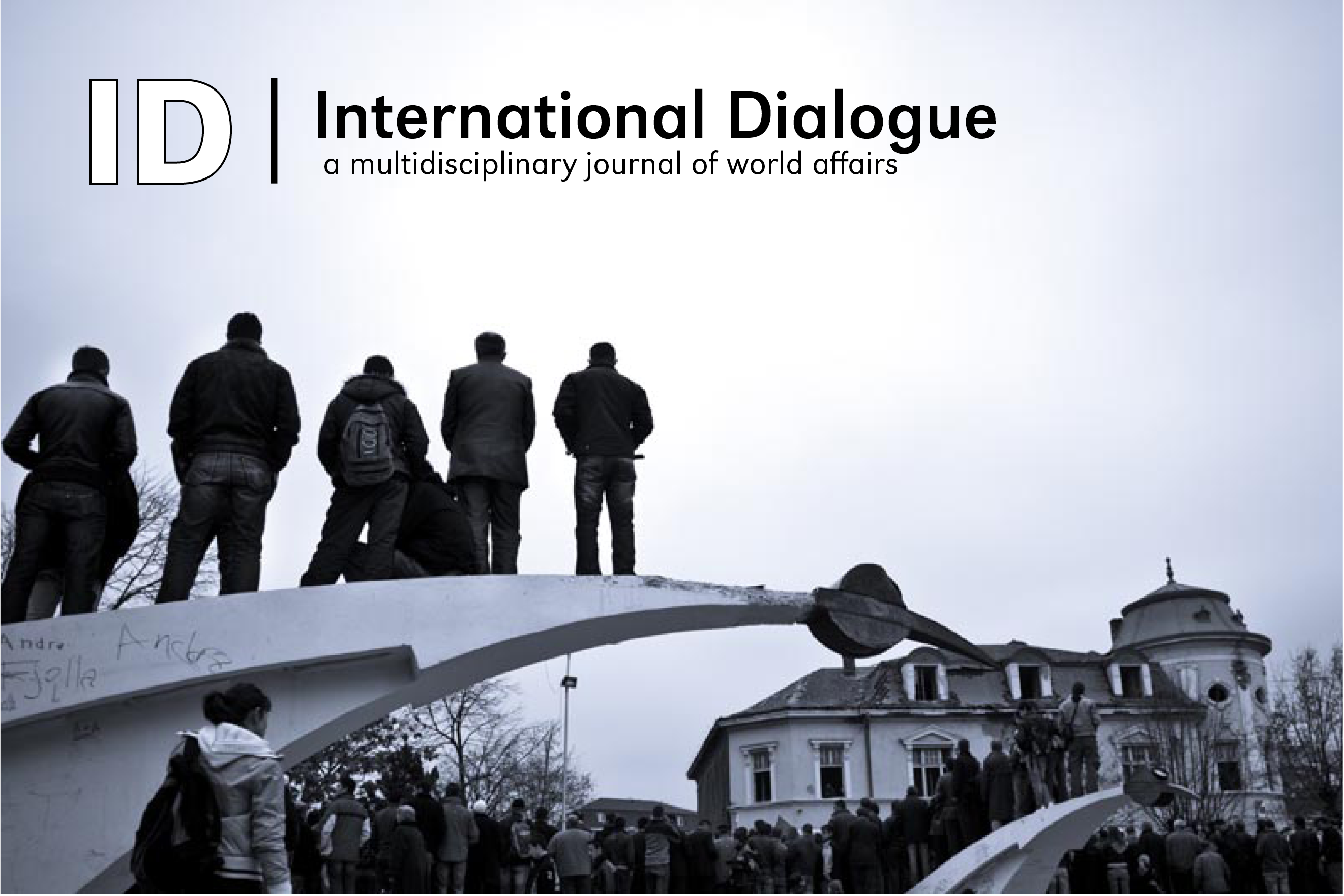International Dialogue

Abstract
The relationship of public space to democracy is dominated by two competing, yet intertwined, theoretical bases: political philosophy and spatial theory. But how does the architect make political space? Can architectural practice create political space through design? In this book, Teresa Hoskyns theorizes that the converging point between theoretical foundations and democratic practices is “participation” within “social production of space.” Therefore, “participation” from joint perspectives of architecture and political philosophy has been studied in two different frameworks: the theoretical and the practical. Unlike most previous works on the relationship between architecture and democracy, Hoskyn’s book transcends the spatial and political interpretation of public space. By incorporating new theoretical approaches to representative democracy, it depicts a complex dialectic and multilayered picture of—“spaces of democracy” and the “democracy of space”—in her phrasing.
Recommended Citation
Mehan, Asma
(2017)
"The Empty Place: Democracy and Public Space,"
International Dialogue: Vol. 7, Article 10.
DOI: https://doi.org/10.32873/uno.dc.ID.7.1.1144
Available at:
https://digitalcommons.unomaha.edu/id-journal/vol7/iss1/10
Included in
Ethics and Political Philosophy Commons, International and Area Studies Commons, International and Intercultural Communication Commons, International Relations Commons, Political Theory Commons
